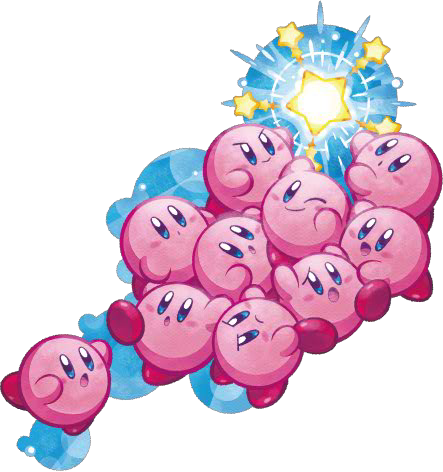Also shouldn’t we address White Dwarfs as well?
Apparently it has mentioned a Brown Dwarf in the link here.
Low-state spectrophotometry of the short-period polar EF Eridani (P_orb = 81 min) found the system at V = 18.0 with no trace of the companion (Wheatley and Ramsay 1998). We show that the lack of such spectral features implies that the companion to the white dwarf in EF Eri has a spectral type...

ui.adsabs.harvard.edu
“The
substellar mass in orbit around the white dwarf is a star that lost all of its gas to the white dwarf. What remains is an object with a mass of 0.05
solar masses (
M☉), or about 53
Jupiter masses (
MJ), which is too small to continue
fusion, and does not have the composition of a super-
planet,
brown dwarf, or white dwarf. There is no category for such a
stellar remnant.
[5]
It is theorized that 500 million years ago, the white dwarf started to cannibalize its partner, when they were separated by 7 million km. As it lost mass, the regular star spiraled inward. Today, they are separated by a mere 700,000 km for an orbital period of 81 min. The orbit is expected to continue to shrink due to
gravitational radiation.
[5]”
I have to look into White Dwarfs further






